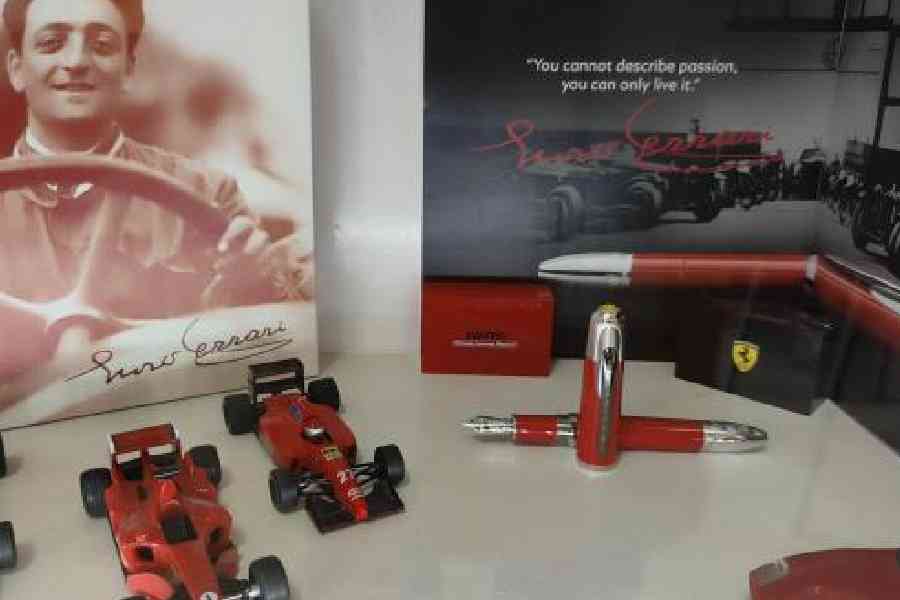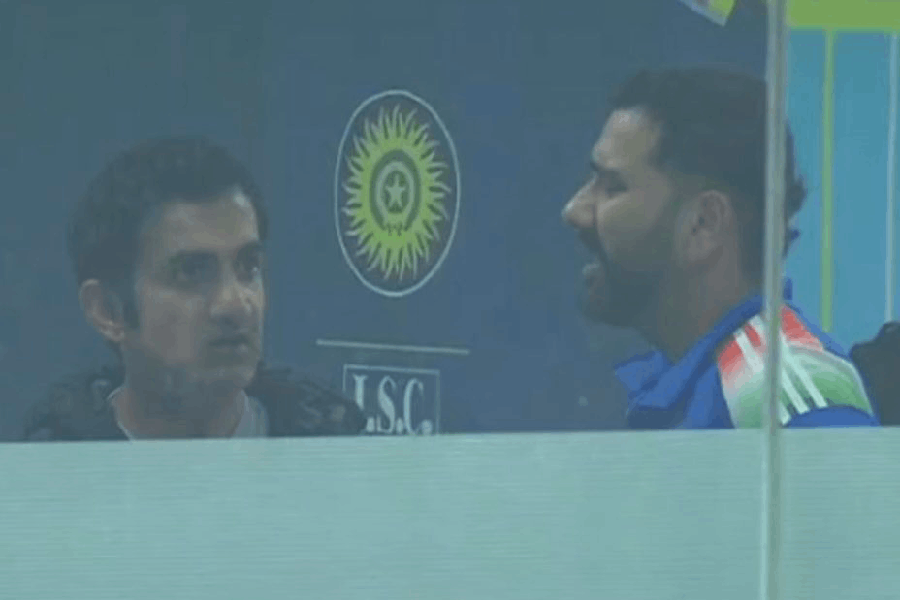Did you know that the origin of the English alphabet can be traced to the Romans who ruled Britain as early as 43 AD? Or that calligraphy is not just pretty handwriting but has a deep connection with spirituality? Or the fact that there are seven elements of handwriting which includes graphology, graphonomy and document examining? Well, these are just some of the things that you discover while speaking to Professor K.C. Janardhan, founder, J’s Quill Group and J’s La Quill Museum in Bangalore.
Janardhan is a globally renowned handwriting and calligraphy expert apart from being an accomplished teacher, entrepreneur, author, corporate trainer and social reformer. Truly a multi-faceted personality, he is the brain behind the engaging J’s La Quill Museum, which is located in his ancestral home in Fort D Street in south Bangalore.
A Timeless Form of Communication
Janardhan is of the firm belief that the art of handwriting which has been in existence for centuries remains an ageless skill. Even though technology has evolved by leaps and bounds, the charm of handwriting is irreplaceable.
“The act of putting pen to paper boosts cognitive function, sparks creativity and adds a human touch. Thus, it is no surprise that handwritten notes, hard copies and physical documents are making a comeback like never before, whether in schools, colleges or (other) organisations. Moreover, in today’s times, where cybercrime, data breach and identity thefts are common, the importance of handwritten documents can hardly be over-emphasised,” says the 63-year-old.
As Janardhan points out, it is key to note that the act of writing has not changed, it is only the surfaces and implements that are continuously changing and evolving.
Extremely passionate about the subject, Janardhan, who is self-taught, ventured into the world of handwriting in the early 1990s. Having researched and travelled all over the world, he has amassed a treasure trove of information related to handwriting, handwriting analysis, lettering, typography and calligraphy, apart from pens, nibs, inks and the like.
Engaging Display
The museum which is housed on the second floor of Janardhan’s heritage house is teeming with artefacts related to handwriting. Organised thematically, the museum has writing instruments, mainly pens and pencils, of more than 60 brands. This includes companies from all over the world like the famous Montblanc, Parker, Faber Castell, Cross, Sheaffer, Monteverde, Pilot, Aurora, Visconti, Pelican and many more. There are pencils from legendary brands like Staedtler and Rotring as well as clutch pencils manufactured by the Kiwi shoe polish company.
“We also have Indian brands like Camlin and Andhra Pradesh-based Prasad pens,” adds Janardhan. It is noteworthy that there are pens from Ratnam Pen Works, which was incorporated way back in 1932 and whose pens were used by great leaders like Mahatma Gandhi, and former Indian Presidents Rajendra Prasad and V.V. Giri. It was considered a symbol of the Swadeshi movement.
The collection of quills is rather interesting and so are the inkwells. “The inkwells of some of the Indian royal families were made of panchaloha (alloy made of gold, silver, copper, zinc, and iron) and these are on display too,” says Janardhan. There are yesteryear typewriters as well.
Collector Items
One of the highlights of the museum is the collection of limited edition or commemorative pens from companies like Montblanc. These pens were specially crafted in honour of famous personalities including artists, sportspersons and musicians. On display are the pens dedicated to Enzo Ferrari (founder of Ferrari) and John Lennon of The Beatles, among others.
“The lives of these personalities were thoroughly researched by Montblanc and various aspects of the same was incorporated on different parts of the pen. So, the John Lennon pen has a guitar-shaped clip on the cap, the body has the grooves like those on a vinyl record and there is a peace symbol on the nib,” says Janardhan.
Further, there are ebonite (vulcanised rubber) pens made by companies like Ranga Pens, which is a rare possession in present times. Writing instruments like ball crayons, grip crayons and grasp crayons, which are given to children before they are able to write with a pencil, are also displayed. There is also a large collection of nibs apart from scores of books and manuals related to handwriting and calligraphy.
Inks Galore
There are inks from companies like Sulekha, Bril and Chelpark. “A few years ago, Calcutta-based Sulekha brought out a special range of inks commemorating famous personalities. The company was also a symbol of the Swadeshi movement during India’s freedom struggle. With attractive packaging, these inks were called the Swadeshi, Swaraj, Samarpan and Sampoorna,” says Janaradhan. The packaging of these inks is indeed noteworthy with figures of famous personalities like Satyajit Ray, Mother Teresa and even the paintings of Jamini Roy on the boxes.
Most of the collection in the museum has been donated by Janardhan’s close friends and acquaintances. Janardhan has a grand vision to expand the museum and its collection. There are plans to acquire a larger space in the vicinity and make it a go-to place for not only handwriting but also communication, languages and, eventually, transform it into a World Alphabet University.











